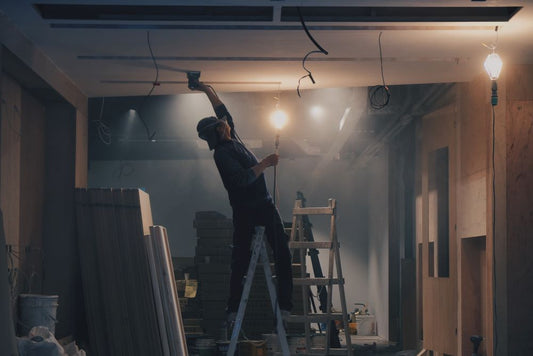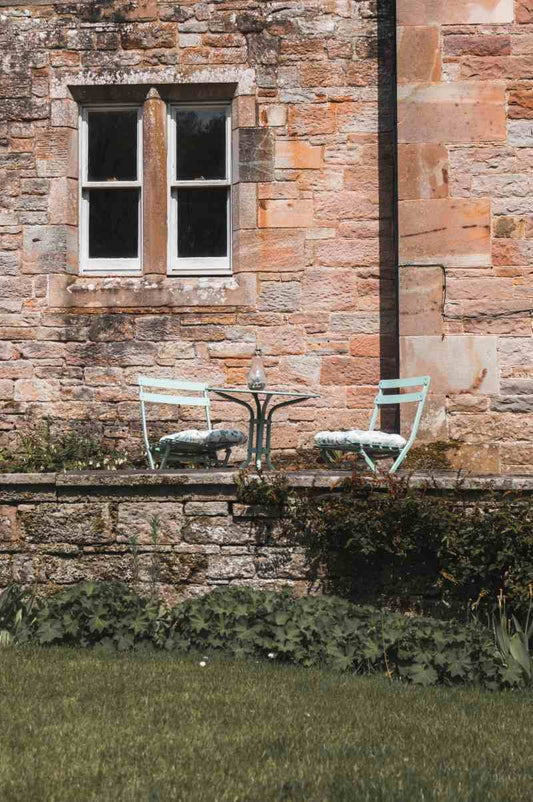Protecting your construction tools
Keeping your tools in top shape is essential if you are going to be productive and get your job done right. Weak or damaged tools will create poor quality results as well as create a few construction delays.
Knowing how to store your construction tools and materials ensures that you can work smoothly and be productive. The following information is designed to help you streamline your storage and handling processes.
How do you store construction materials?
There are different methods for different construction materials:
- Cement/mortar bags- A shed or building with few windows is the ideal place to store these bags. The shed should be dry, moisture, and leakproof. Also, the bags should be placed on pallets that lift the bags 200 mm from the floor and keep them 450 mm away from the walls.
- Bricks- These cannot be dumped on your work site. Instead, they need to be stacked on firm, dry ground. The stacks should be in two rows of fifty bricks long and ten bricks high and placed on their edge. The stacks need to be 0.8 meters apart when you need more than one two-row stack.
How do you store stack and handle construction materials?
- Cement/mortar bags- Hooks shall not be used to retrieve and move these bags to the area they are needed. Protective clothing, including gloves, and a face mask, should be worn when moving these bags.
- Bricks- These should be moved, loaded, or unloaded a pair at a time.
- Aggregate- This construction material needs to be stored on a hard, dry, level platform. If no platform is available, then wood planks, bricks, and corrugated tin sections can replace the platform. When handling aggregate, no overhang is permitted as bags are removed, and safety equipment should be used.
What are the safety rules for storing materials?
One of the safety rules for construction materials is to protect the materials from deterioration and intrusion of foreign matter. This is done to ensure that the quality and fitness of construction are not compromised.
When it comes to stacking and storing cement correctly, the bags need to be placed close together to prevent air circulation as much as possible. These stacks should not exceed 15 bags high and four bags wide.
How should bricks and blocks be stored?
1. Bricks- These need to be stored on level, dry ground, and on a pallet or other platform would be ideal. They can be stacked between 2 and 2.4 meters as long as there is no risk of toppling.
Then place the stacked and stored bricks away from direct sunlight, covering them in a plastic tarp to protect them from mildew, etc.
2. Blocks- These should be stored on flat, solid, dry ground or a platform. Then the stacks should not be more than two bricks with a height of 1.2 meters and no more than 3 meters long.
Stack those blocks that have not been cured for 28 separately from those blocks that have. When blocks are made on site, the date of manufacture should be put on the blocks.
What are the proper ways of using handling and storing materials?
The proper way to handle stored construction materials is to follow all safety guidelines, including those governing how to lift heavy objects. When handling cement, hand cream, petroleum jelly, or similar creams should be used to protect exposed skin.
The use of gloves, masks, goggles, and hard hats is important to protect the worker from accidents while handling all construction materials. Also, watch the stacks of bricks/blocks and the piles of cement or aggregate bags.
These should not be put in a position where toppling or overhangs can take place.
Why is it important to store construction materials correctly?
The most important reason for stacking and piling construction materials properly is to protect the integrity of those materials. You do not want them to become contaminated or have foreign substances enter the materials, as those elements will harm their quality.
When that happens, the completed construction project is not as safe or as solid as it could have been if those foreign substances were kept out of the construction materials.
On top of all that, protecting the construction materials keeps the workplace and the worker safe from any mishaps that may occur when using inferior materials.
What is the best way to store bricks?
The best way to store bricks is to make sure the ground you are placing them on is level, hard, and dry. It is best to put the bricks on a platform, but if one is not available, then you can use other materials to provide protection from ground moisture, etc.
Also, you should keep the bricks out of direct sunlight as much as possible and then cover them in a good plastic tarp to prevent moisture from creating mildew on the bricks.
How do you stack bricks and blocks?
The best way to stack bricks and blocks is to be careful. You do not want to slam them down as that will cause damage to the bricks or blocks. Placing them on the edge will help protect the bricks, etc., from damage.
Then, you do not want to stack those construction materials too high as they would be in danger of toppling over. If this happens, you lose good bricks and blocks and have the potential of injuring either yourself or your co-workers.
Do not go too wide or long either for safety reasons.
Some additional words
Storing and stacking your construction materials properly is essential for producing a top-quality result. The goal is to make sure the quality and integrity of those tools and materials are not compromised.
If they are, then you raise the risks of working in construction and potentially cost you more money due to damage or some other defect. Proper care for your tools and construction materials keeps the workplace safer as well as makes it easier to work.
This also helps make your workday go smoother. For more helpful tips and ways to enhance your bricklaying business, call us today. Our experts will show you some great bricklaying tools and more. Don’t delay, call now.




